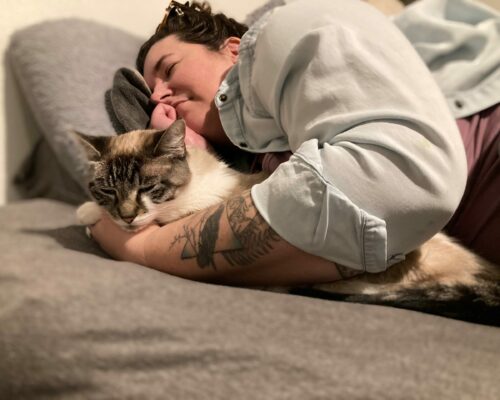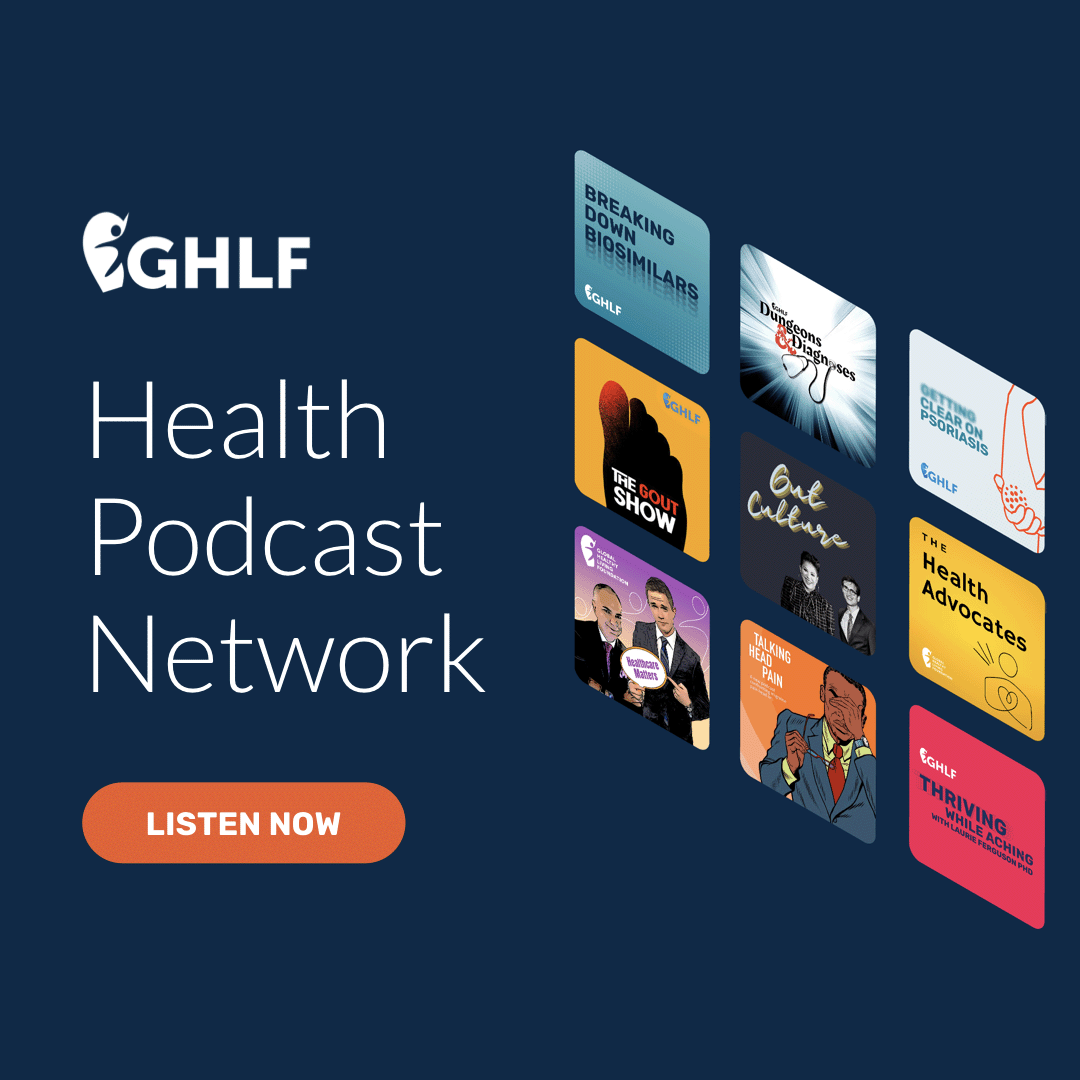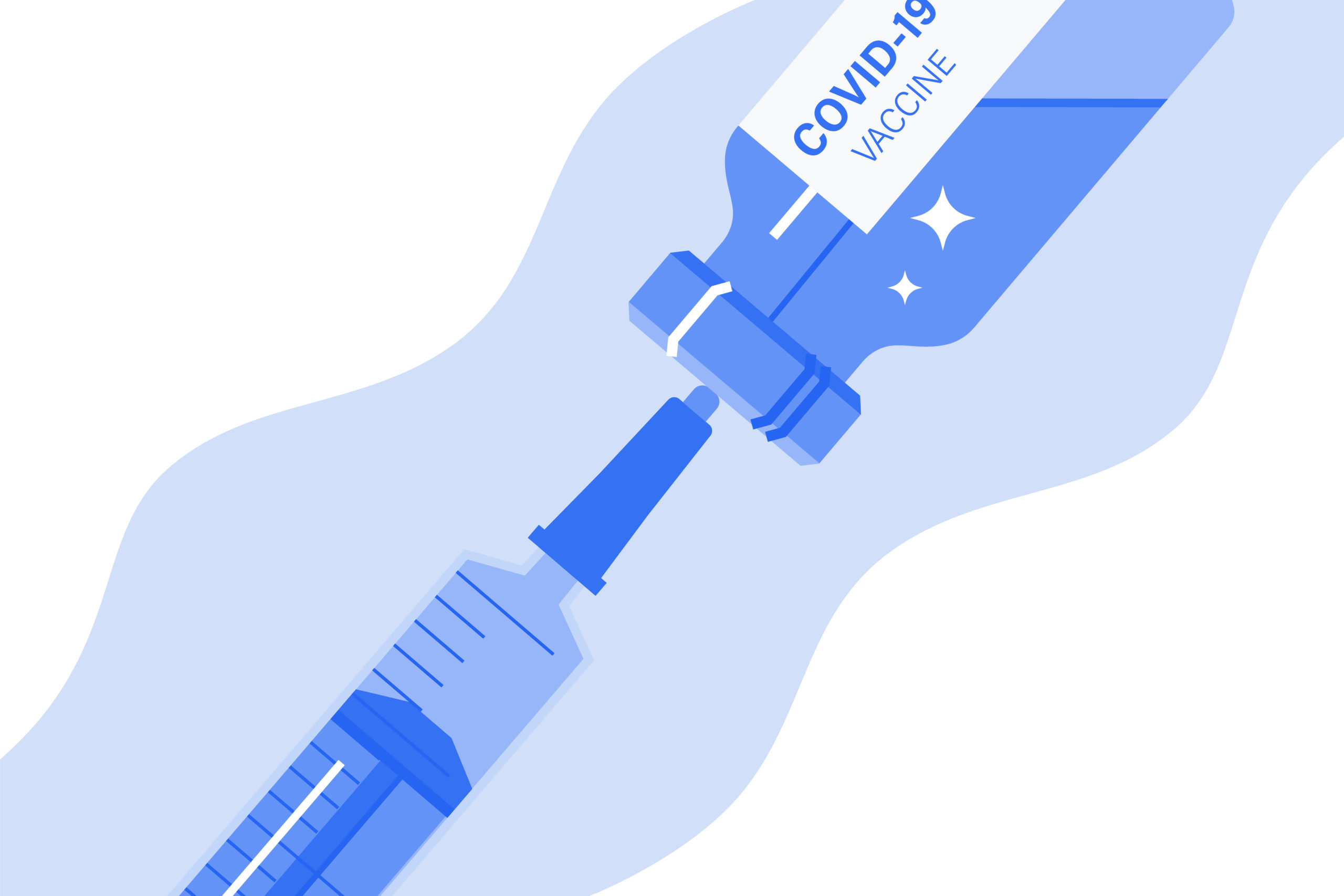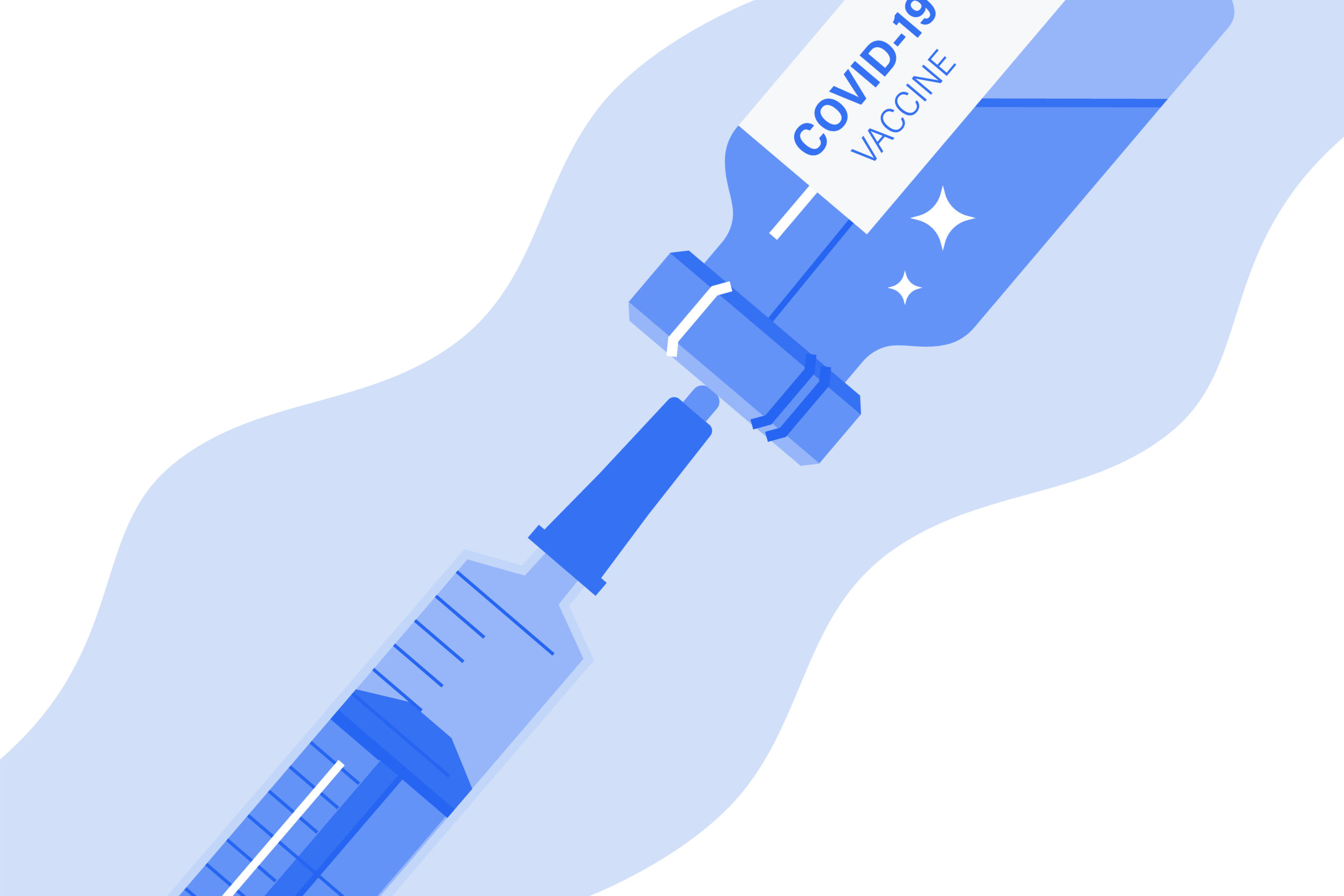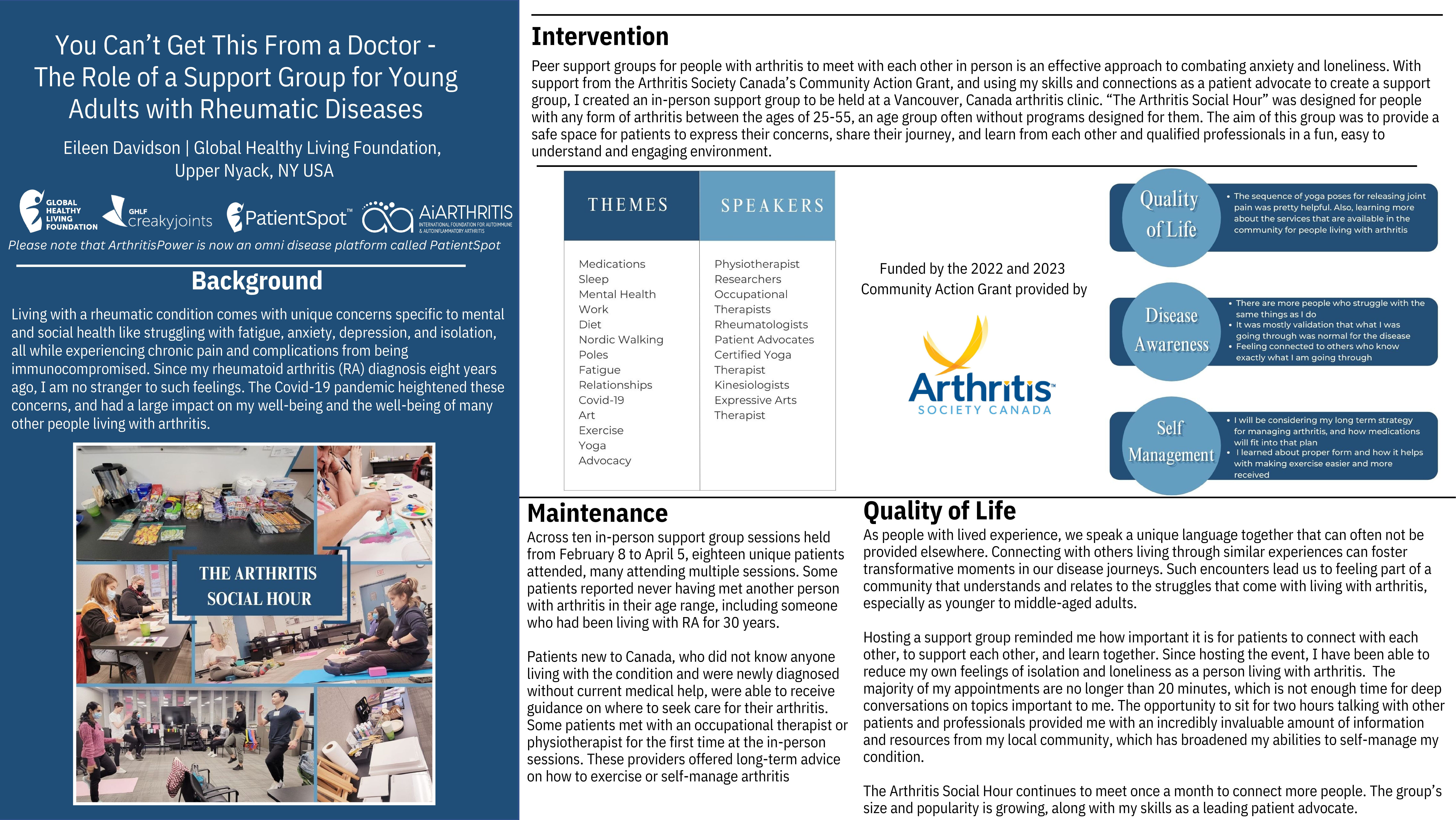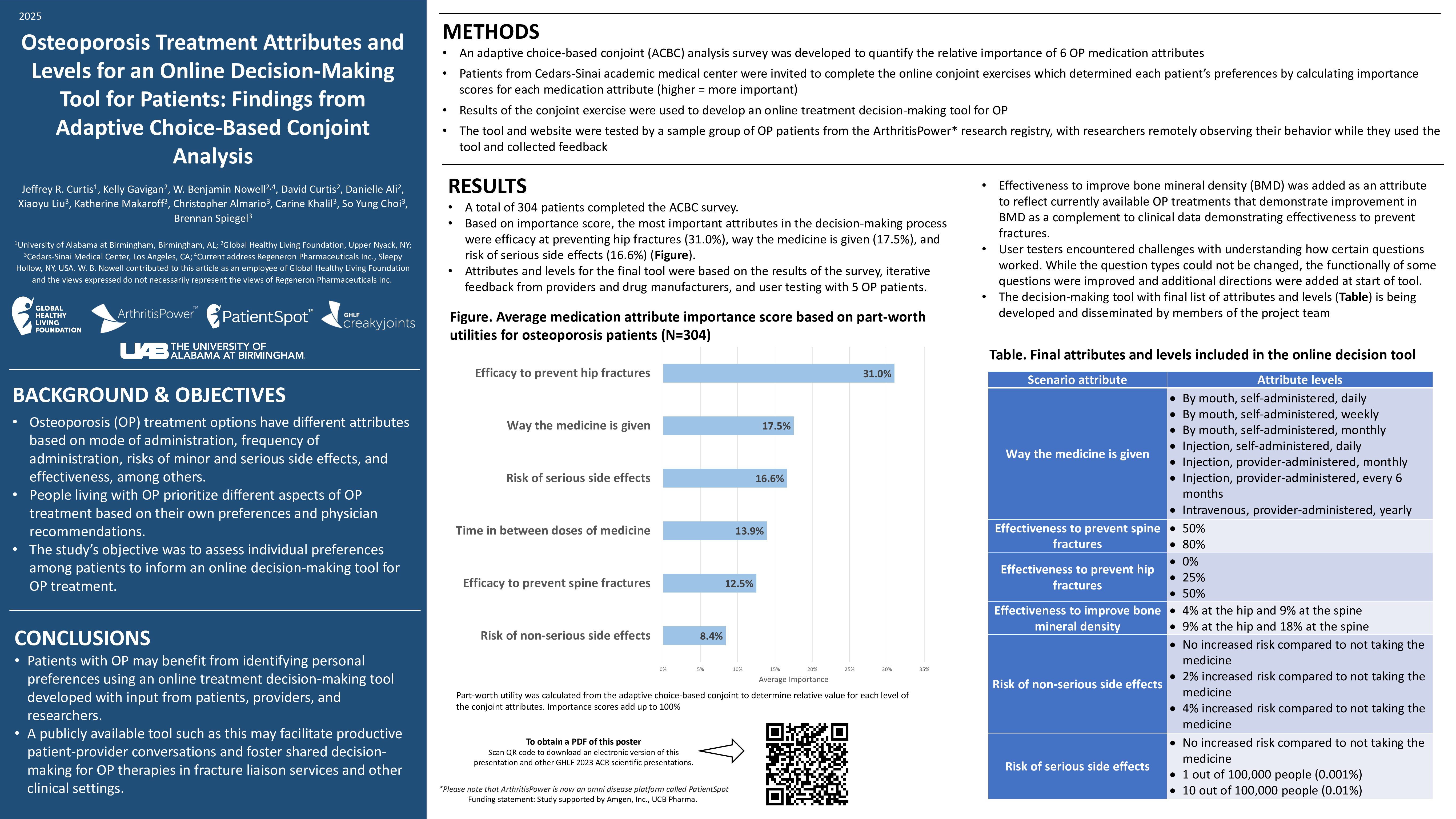This morning I feel like I can’t get out of bed.
In and of itself, as a person living with multiple chronic illnesses including ankylosing spondylitis, fibromyalgia, and intractable migraine, this isn’t that unusual. However, today it isn’t my body keeping me in bed, but rather my brain. You see, in addition to these physical health conditions, I also live with complex PTSD (c-PTSD) and major depressive disorder (which is exacerbated by my chronic illness), the symptoms of which can also be completely debilitating.
For me, I’ve lived with depression for as long as I can remember. I was diagnosed with c-PTSD after leaving an emotionally and verbally abusive marriage. Both happened before I was even diagnosed with fibromyalgia or ankylosing spondylitis. There is a lot of research about the correlation between mental health and physical health. It is known that a history of trauma often goes hand-in-hand with chronic illnesses, while stress can exacerbate the symptoms of physical illness. Additionally, according to the CDC, mental health and physical health conditions co-occur in up to 40 percent of patients. Even so, this is an aspect of chronic illness I feel is often overlooked.
Slipping Under Depression
Despite having a history of depression and c-PTSD prior to my physical illness, I was taken aback by how much chronic illness impacted my mental health. My mental health was fairly under control prior to becoming sick; becoming ill pushed it from something I felt I could manage reasonably efficiently to something I was struggling with on a near daily basis. I felt like I was slipping under a cloud of depression and couldn’t surface.
After my initial diagnosis, there was a grieving process I went through as I learned to accept the new realities of my life. However, because chronic illness symptoms can be ever-changing as the disease progresses or as medications cause changes, this grieving process is far more cyclical than it is linear.
I grieved when I got rid of my high-heeled shoes because I could no longer wear them. I grieved when I realized I could no longer drive more than an hour or two without severe pain. That meant road trips were no longer viable and my dream of someday nomadically traveling the United States was not going to happen. I grieved over large things like no longer being able to work full-time, but also over small things like having to give up certain foods due to them exacerbating symptoms.
In addition to the grieving, I just felt sad, in a deep aching-soul way. Chronic illness is incredibly isolating; oftentimes it feels as if nobody else understands what you’re going through or that you’re all alone in your illness. On days when pain or fatigue forced me to cancel plans or make it so I couldn’t do basic activities like cooking meals, I often was overcome with depression that left me crying and feeling hopeless.
Finding What Works
Something needed to change. While I had developed quite a toolkit for managing my mental health before I developed chronic illnesses, many of the techniques I used before were no longer feasible due to the limitations of my body. I could no longer do things like go for a jog to get my endorphins up, and sometimes even things like journaling are difficult due to brain fog or arthritis in my hands. Because of this I’ve had to learn new ways to manage the grief and depression I often am faced with.
The first thing I did that helped immensely, and something I suggest to anyone newly diagnosed with a health condition, is to find community. Because chronic illness can feel so isolating it helps to know you’re not alone. I joined online groups for sick and disabled people, began following chronically ill creators on social media, watched documentaries like “Unrest,” and checked out a plethora of memoirs and other books from the library written by fellow disabled individuals. Simply knowing I was not the only one going through these things was incredibly helpful, but I also was able to garner practical tips from others experiencing similar things as me.
I also talked to my doctor. While medication isn’t for everyone, for me I realized that my depression was at a level that I needed help beyond what I could do on my own. I was prescribed a serotonin and norepinephrine reuptake inhibitor (SNRI), and after just a few weeks I felt like a cloud had lifted from me, and I was better able to manage the emotions that came my way.
Additionally, I found ways to modify some of the techniques that had helped my depression before to be more accommodating of my new bodily limitations. While I could no longer always have solo dance parties in my living room to get out my feelings, I could still turn on Spotify, close my eyes, and get lost in the music. Getting all dolled up and going out with friends isn’t something I can do as regularly, but I found that just painting my nails or putting on some glittery eyeshadow makes me feel better, even if I’ll be staying in bed for the day.
I also discovered art, and the simple joy that comes from moving vibrant colors around on the page. On days when I’m so in my emotions that I don’t even have words to express them, the act of pulling out a notebook, some collage papers, and a bit of acrylic paint can take me from crying to a place of calm centeredness. When that level of art isn’t feasible for me, I have a small tub of embroidery supplies next to my bed that I can pull out and stitch a little bit while in bed.
Living in Hope
So now, as I lay in bed feeling as if I can’t get up, I reach down into my bag of tricks. I text a friend who also lives with chronic illness. “I’m struggling,” I type, and I watch three little dots appear on my screen. “I totally hear that,” my friend writes, “I hear you and see you.”
I talk myself into getting up, throw on some sweats and head to the bathroom where in addition to brushing my teeth and washing my face I quickly smear a streak of glitter across each eyelid. It makes me smile at myself in the mirror, something so simple and yet so joy-inducing.
Things are still hard, but with these simple things my day looks a bit brighter. I know I’m not alone, and I have hope.
Want to Get More Involved with Patient Advocacy?
The 50-State Network is the grassroots advocacy arm of CreakyJoints and the Global Healthy Living Foundation, comprised of patients with chronic illness who are trained as health care activists to proactively connect with local, state, and federal health policy stakeholders to share their perspective and influence change. If you want to effect change and make health care more affordable and accessible to patients with chronic illness, learn more here.

